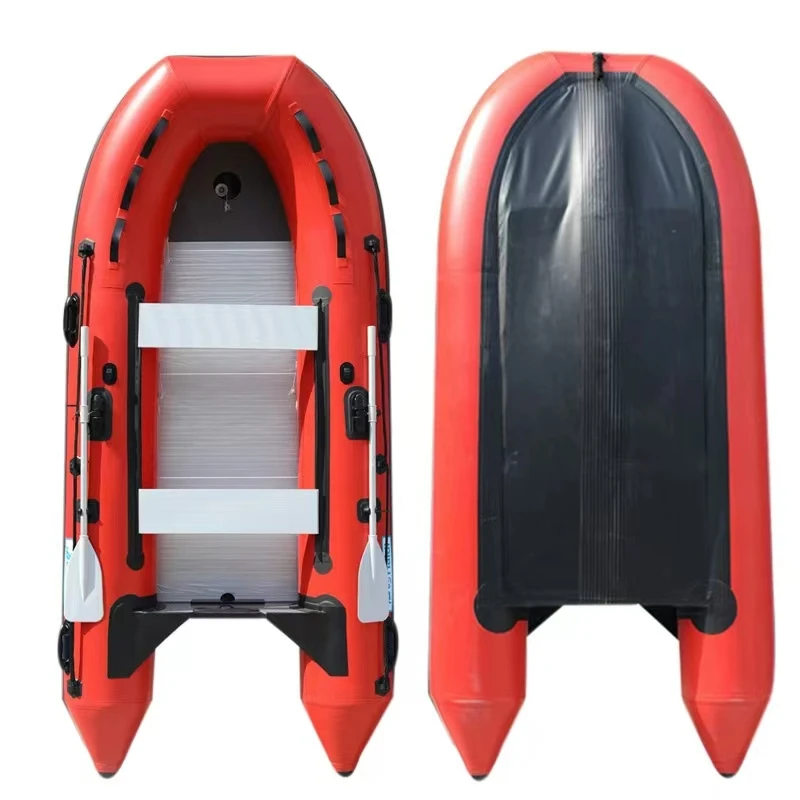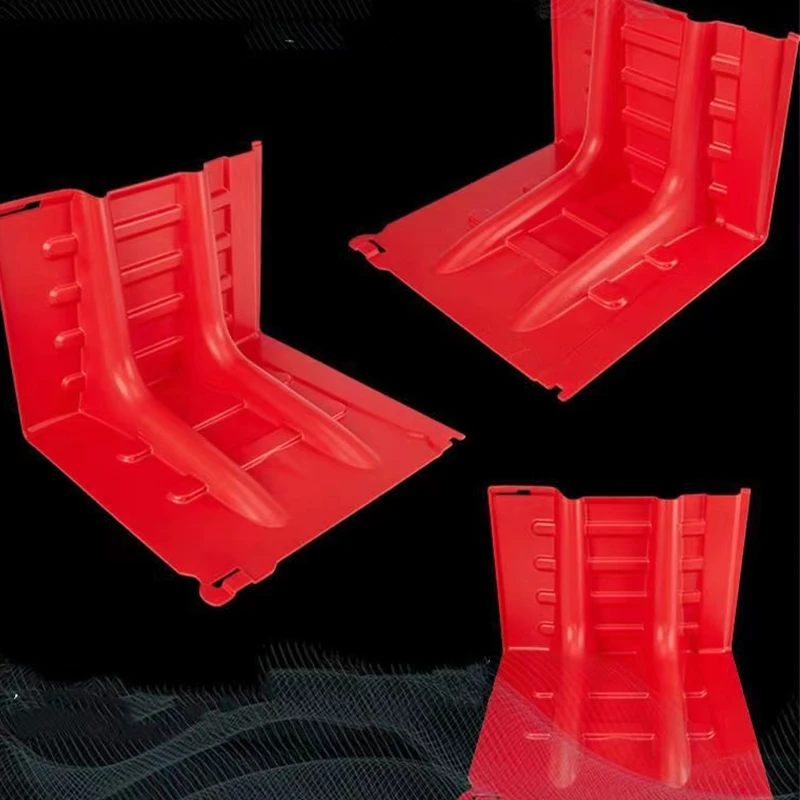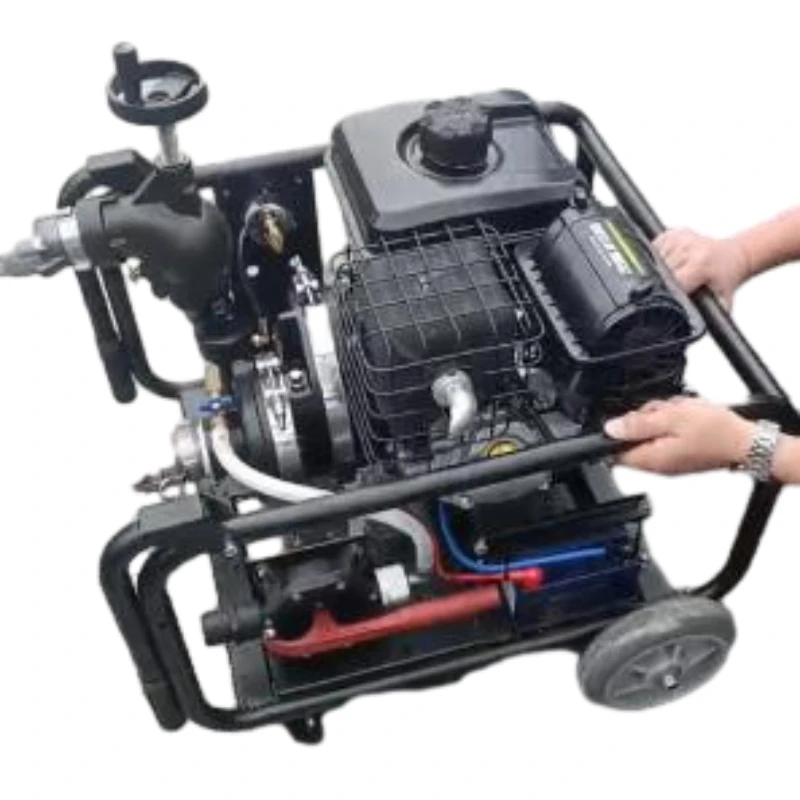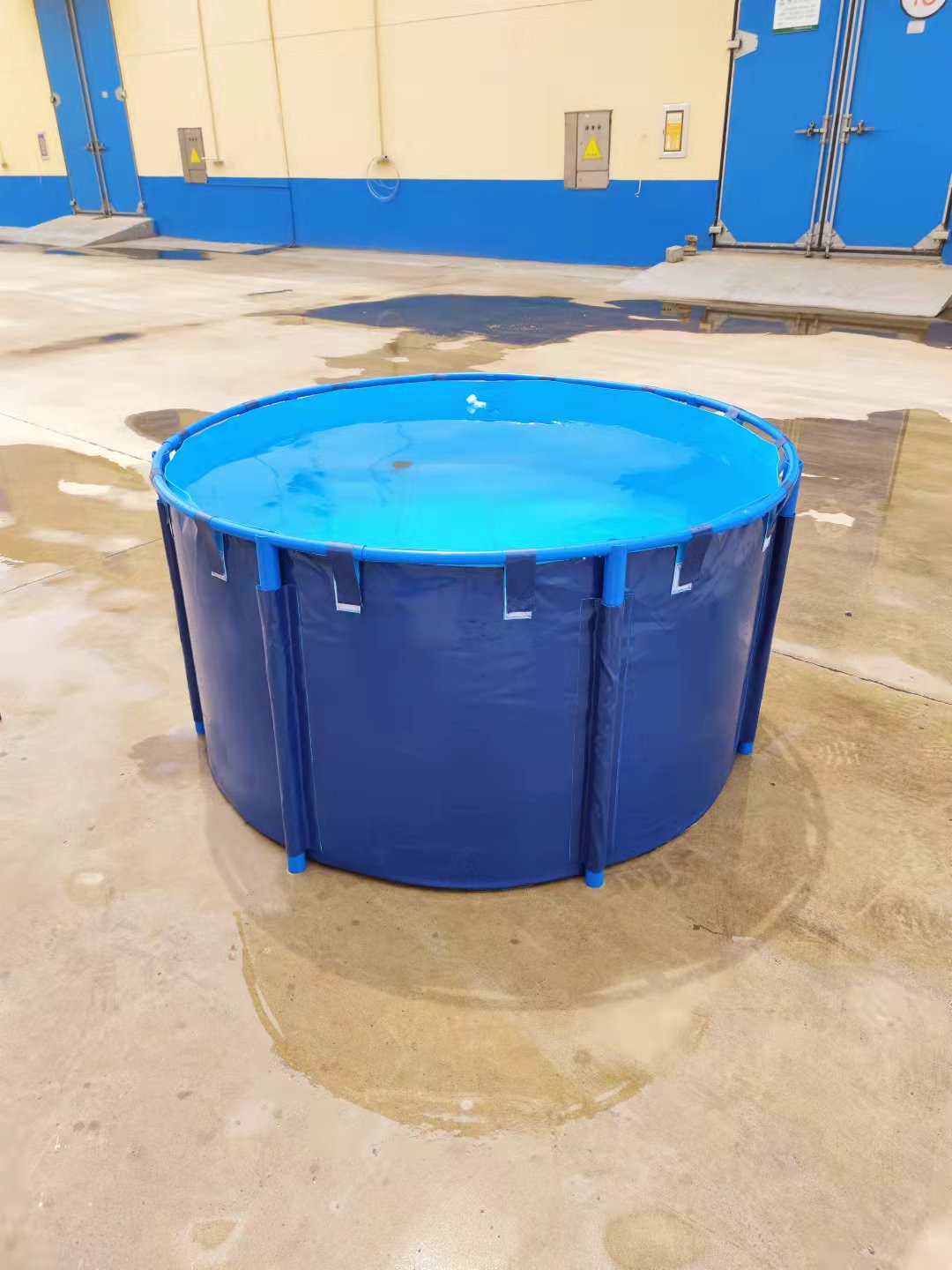Field Notes on a Workhorse: Inflatable Rubber Boat/Rescue Rubber boat
I’ve spent enough time around floodgrounds and training quarries to know a dependable rescue craft when I see one. This unit comes out of No.118 Youyi Street, Xinhua Dist., Shijiazhuang City, Hebei Province, China, and—honestly—it shows the kind of pragmatic engineering you expect from folks who build for first responders.

What’s trending in rescue inflatables (and why it matters)
Industry-wide, we’re seeing a shift toward tougher skins and faster deployment. Agencies want CSM (Hypalon-type) outer layers for UV and chemical resistance, plus reinforced fabric cores. This model uses chlorosulfonated polyethylene (CSM) rubber over a skeleton of three layers of wear-resistant PVC mesh—good combo. To be honest, it’s the kind of hybrid I recommend for mixed environments: city floodwater one week, gritty river silt the next.
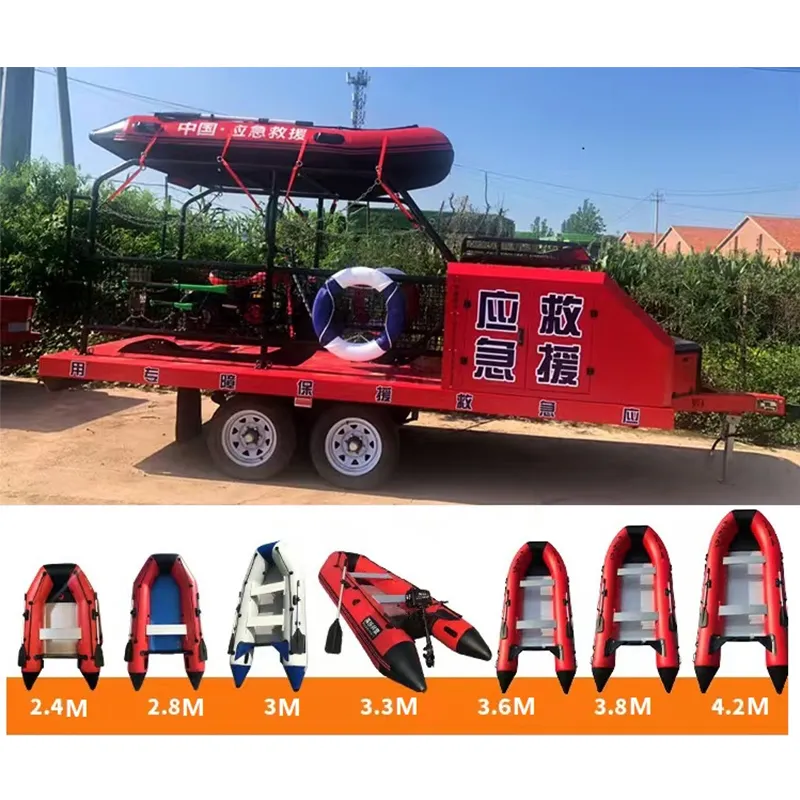
Core specs at a glance
| Parameter | Spec (≈) | Notes |
|---|---|---|
| Hull length | 3.2–4.2 m | Real-world options vary by mission |
| Tube diameter | 0.42–0.52 m | High freeboard for chop |
| Air chambers | 3 + 1 keel | Redundancy for rescue |
| Material | CSM rubber + 3-layer PVC mesh | Abrasion and UV resistance |
| Working pressure | Tubes ≈ 0.20–0.25 bar; floor ≈ 0.6–0.8 bar | Check local temp adjustments |
| Capacity | 4–7 persons | Load ≈ 500–900 kg |
| Outboard rating | 15–25 HP | Transom reinforced |
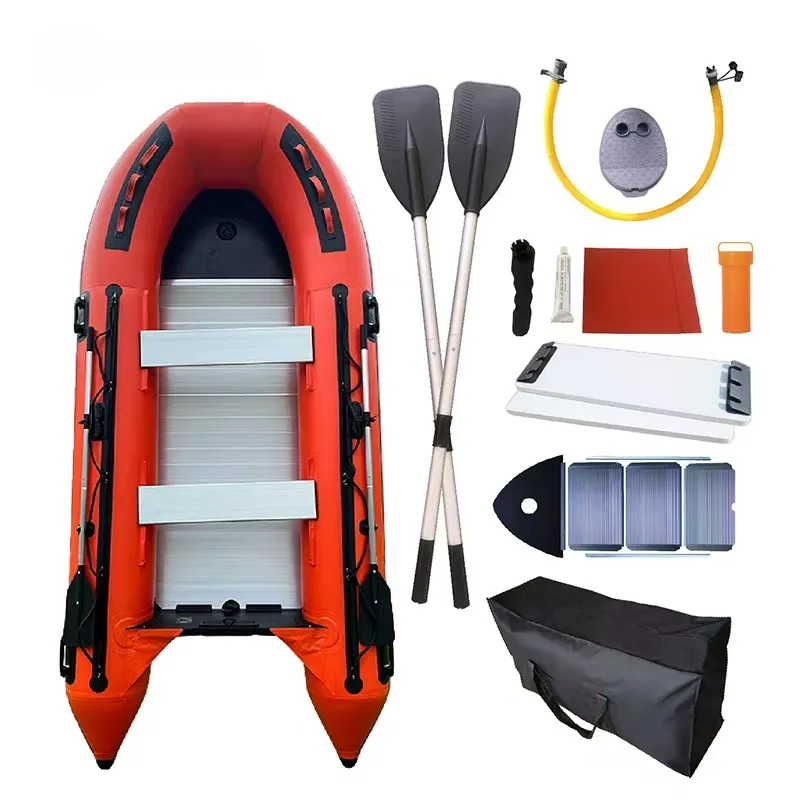
How it’s built and tested
Materials: CSM outer for UV/chemicals; inner reinforcement: 3-layer PVC mesh. Methods: precision pattern cutting, solvent-based cold-bonding at seams, heat-assisted curing on high-wear strips, and HF welding on selected accessories. QC: 24–48 h pressure hold (air loss ≤ 5% typical), valve cycling, seam peel tests, and salt-spray on metals. Standards referenced: ISO 6185 for inflatable boats; stability principles per EN ISO 12217; rescue fit-out aligned with SOLAS equipment practices where applicable. Service life: ≈ 8–12 years with rinsing, shade storage, and periodic valve kit refresh.


Where it shines
- Swiftwater and flood rescue (fast setup, high buoyancy)
- Industrial ponds and mining tailings (abrasion-tolerant skin)
- Coastal standby for marinas and offshore wind O&M support
- Disaster relief logistics—shuttling kits, med teams, pets (yes, claws happen)
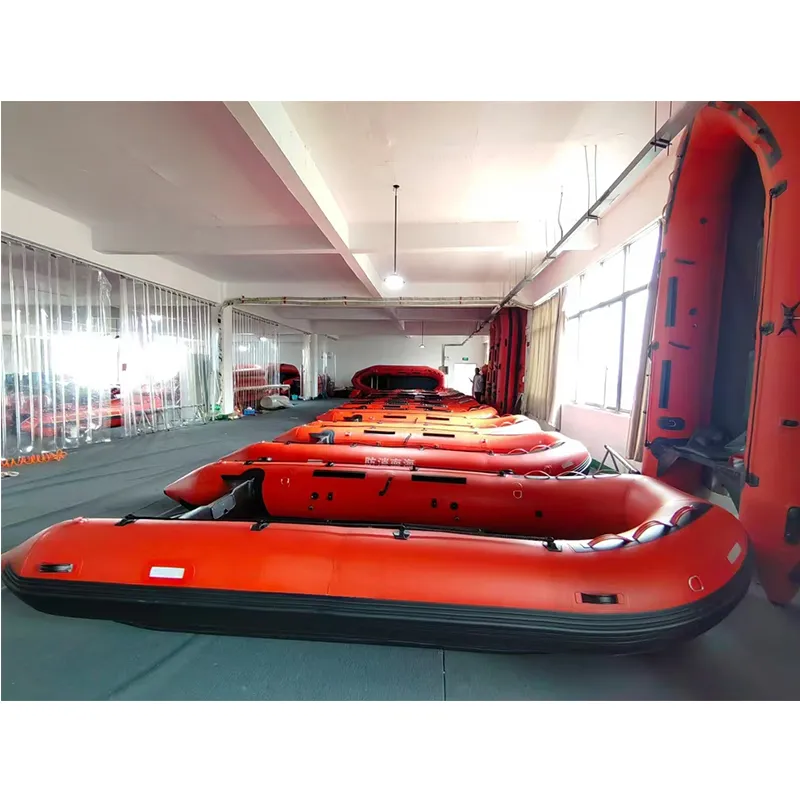
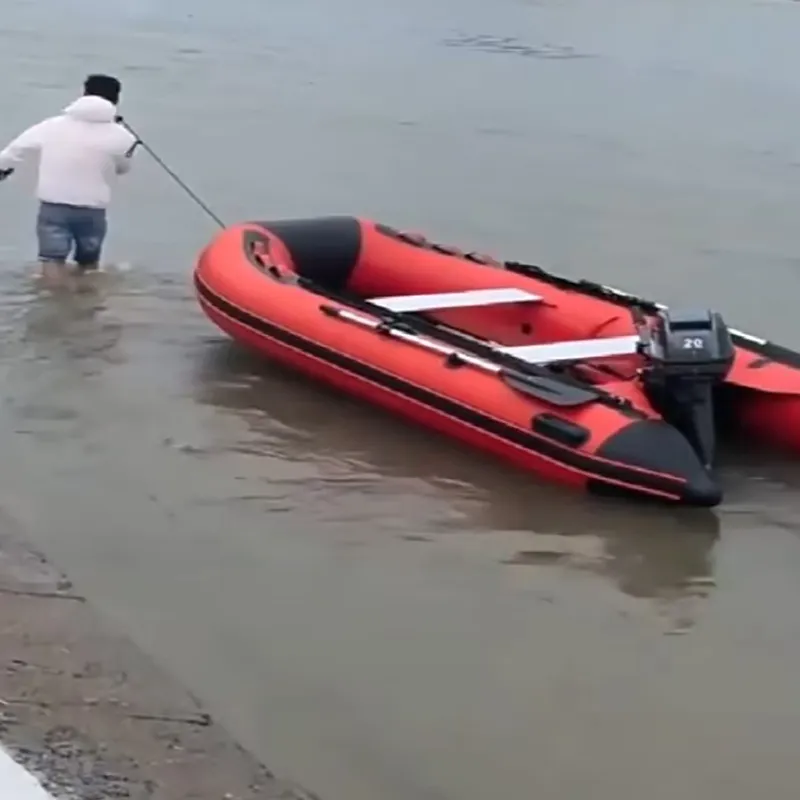
Vendor snapshot (quick compare)
| Criteria | FFW Fire Safety | Vendor A | Vendor B |
|---|---|---|---|
| Skin material | CSM + PVC mesh | PVC only | CSM (lightweight) |
| Warranty | 3 years | 1 year | 2 years |
| ISO 6185 compliance | Yes | Partial | Yes |
| Lead time | ≈ 15–30 days | ≈ 30–45 days | ≈ 20–35 days |
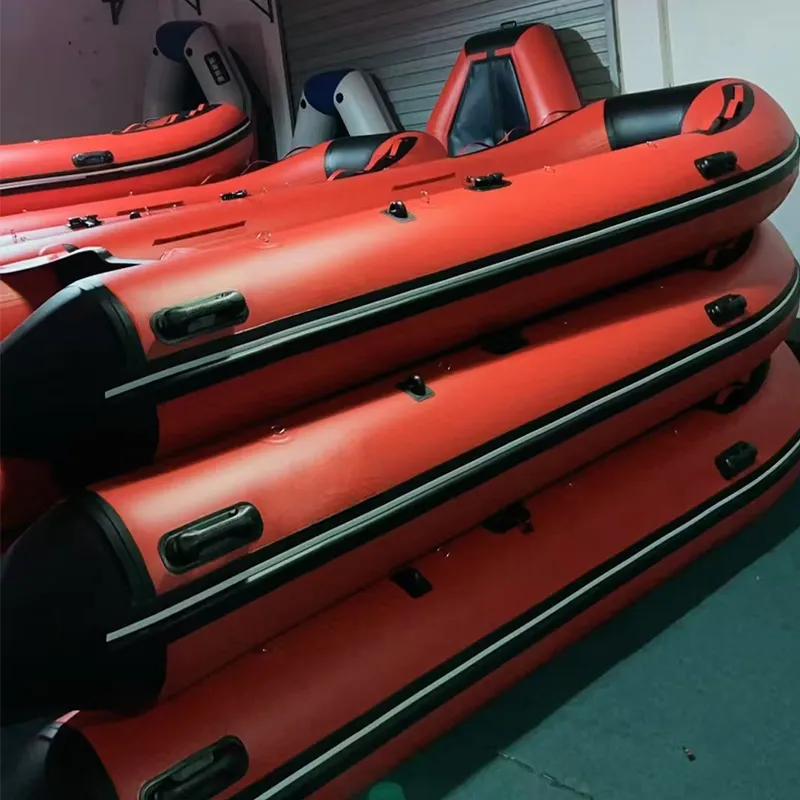
Customization (because missions differ)
Options include color-coding for teams, drop-stitch air deck vs. aluminum floorboards, extra D-rings and lifelines, towing eyes, reflective tapes, medical-grade grab handles, and transom reinforcement for heavier outboards. Many customers say the quick-release throw-bag point is a small detail that saves minutes when it counts.
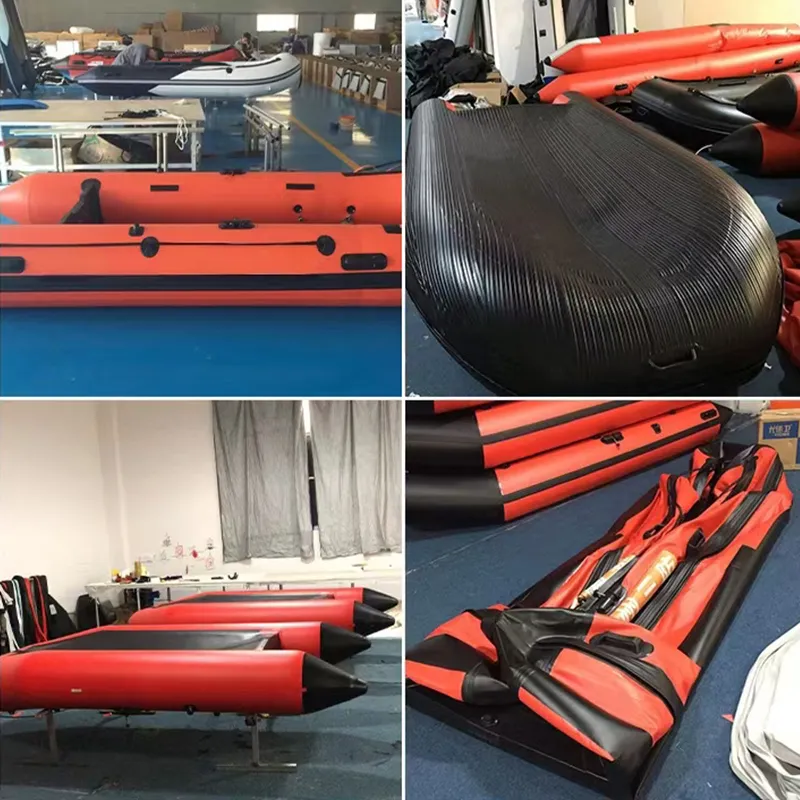
Mini case files
Hebei flood season, 2024: a fire-rescue unit reported sub-5-minute deployment from vehicle to water with a Inflatable Rubber Boat/Rescue Rubber boat, including pump-up and gear stow. Another coastal team logged 180+ engine hours in brackish water; seams and valves passed post-season checks—just routine gasket swaps. Feedback trends: “stable while hauling loads” and “rubber skin shrugs off concrete rub.”
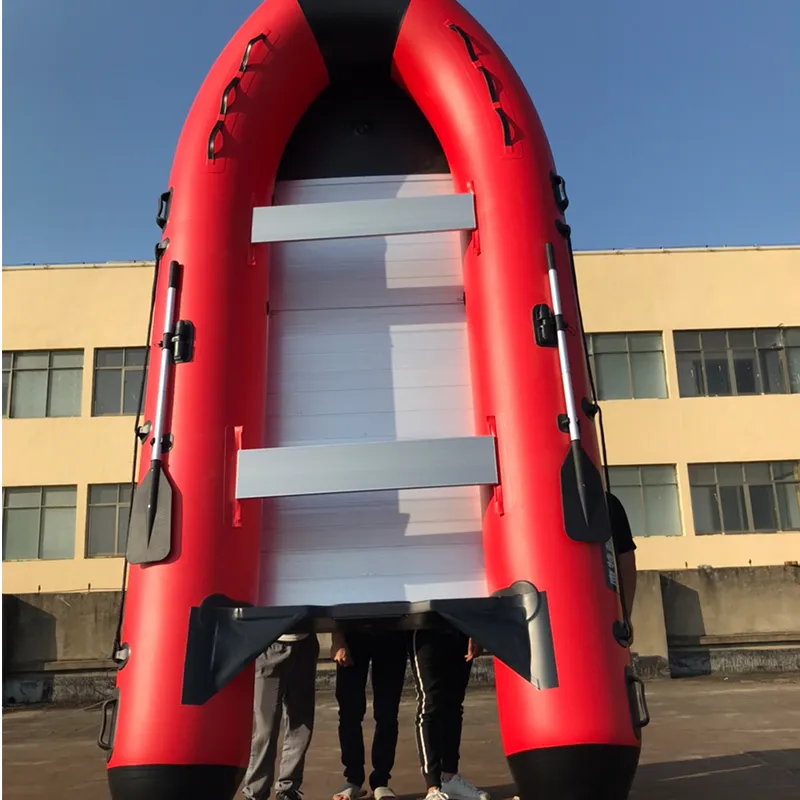
Certs & testing notes
Factory declares compliance to ISO 6185 classes appropriate to size; stability assessed against EN ISO 12217 principles; rescue outfitting aligns with SOLAS Chapter III practices (where specified by the buyer). Typical batch test (Q2 data, internal): 0.23 bar tube hold for 36 h, ≤ 3% pressure drop at 20°C; drop-stitch floor cycling 500 load iterations without delam—your conditions may vary.
References









